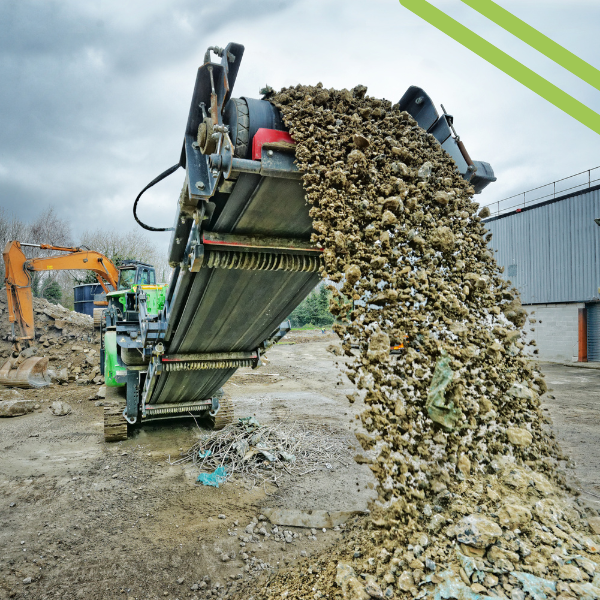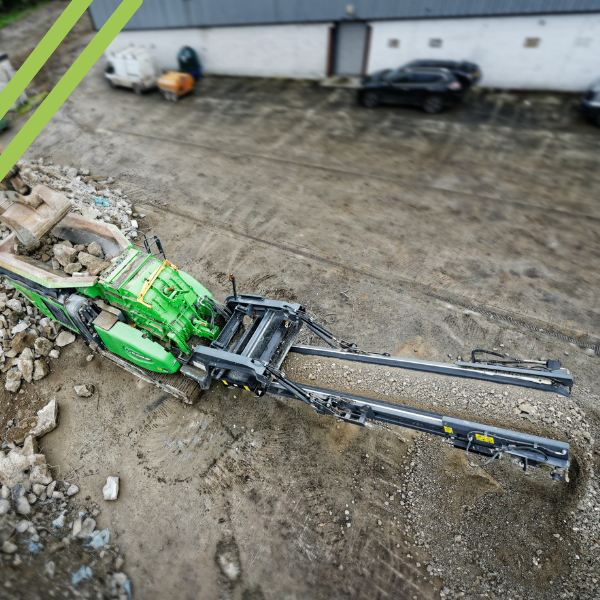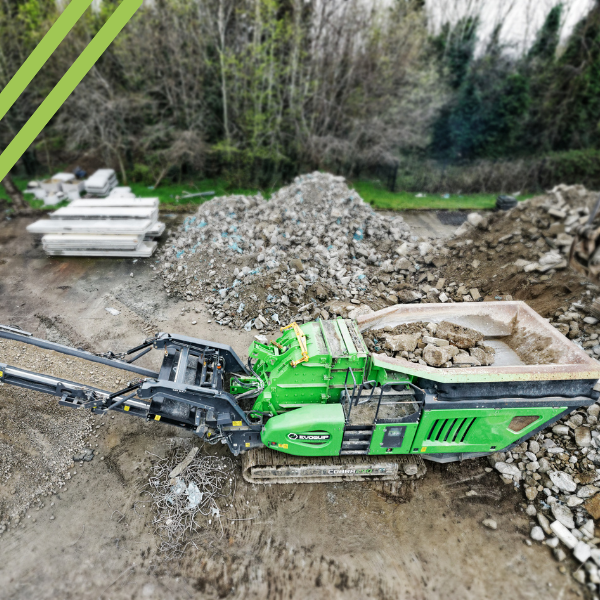 English
English
New here? Register to get access to all the additional features.
Register
A manufacturing facility was being expanded and upgraded which resulted in the build up of construction and demolition waste on site. This construction waste needed to be processed.

Location: Campsie Industrial Estate, Northern Ireland
Machine: Cobra 290 Impact Crusher
Application: Recycling Demolition and Construction Waste


The Cobra 290 impact crusher allows the user to remove rebar from crushed concrete when processing C & D waste. The over band magnet separates the rebar from the crushed material before stockpiling.
